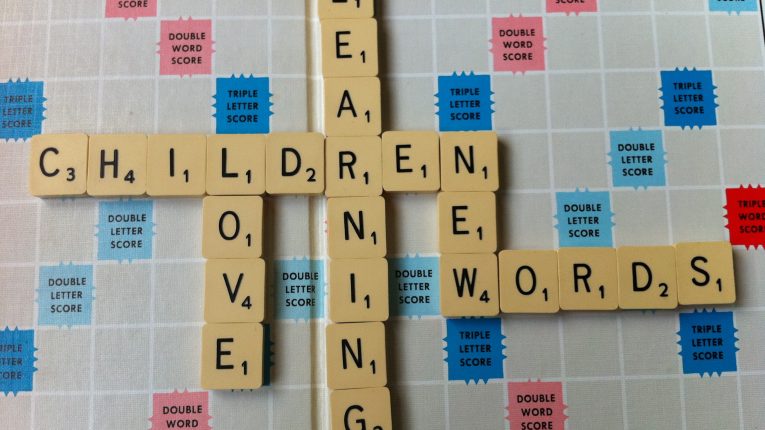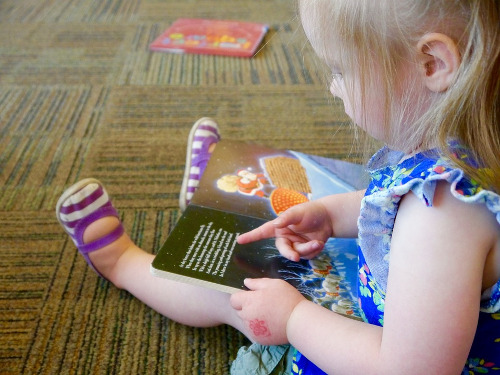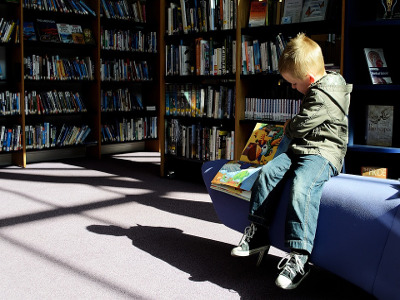
Tricks on How to Teach Children Literacy
As a new mom I have decided that I want to make my daughter as independent as possible. I believe educating her is the key to it. From a very early age (early infancy), I read to her. According to Neuman (2001), the development in literacy don’t just happen over a few days in first grade. It is a process that starts from infancy. When I read to my daughter I know she doesn’t understand everything I am saying, but I believe she will start associating books with love and affection. She is lying in my arms and she can hear my voice, feel the emotions in my speech and feel my heart. I believe in time she will be able to transfer the positive feelings to the books she is reading herself.
 Remember that children will see studying, reading and writing as you see it. If you don’t want to burden your pre-school child with educational games and books, that’s quite alright, but don’t be surprised when the child itself feels burdened later on and sees reading as a punishment. I have a friend who opened my eyes to that (Thank you, Gina!). Gina rewarded her daughter’s good behaviour with math problems and spelling tasks. Whenever her 4 year-old put her toys away after playing with them, or helped mommy in some way, Gina gave her simple math problems to solve, or they spelled out words together. The girl grinned as if she was given a handful of candy. That being said,children really see things as you do! Don’t reward them by giving them money, candy or switching on the TV. That’s easy! Give them homework and engage with them. Help them complete it and tell them how special, talented and smart they are! Your approval and acceptance is something they are dying for.
Remember that children will see studying, reading and writing as you see it. If you don’t want to burden your pre-school child with educational games and books, that’s quite alright, but don’t be surprised when the child itself feels burdened later on and sees reading as a punishment. I have a friend who opened my eyes to that (Thank you, Gina!). Gina rewarded her daughter’s good behaviour with math problems and spelling tasks. Whenever her 4 year-old put her toys away after playing with them, or helped mommy in some way, Gina gave her simple math problems to solve, or they spelled out words together. The girl grinned as if she was given a handful of candy. That being said,children really see things as you do! Don’t reward them by giving them money, candy or switching on the TV. That’s easy! Give them homework and engage with them. Help them complete it and tell them how special, talented and smart they are! Your approval and acceptance is something they are dying for.
Be patient. Just because your child finds it difficult doesn’t mean you should give up. Take a break, change your approach. Ask someone else to do it. My mother had a hard time teaching me the clock time, but my older cousin managed it within an hour. A fresh perspective is sometimes all it takes.
To make it easier, point the letters with your index finger as you read. Read slowly and point each letter as you pronounce the word. It will keep them focused on the letters as your voice is guiding them. Use cards and other toys to keep them engaged. Use word and language games, songs, poems, nursery rhymes, books, and finger plays every day. Rhymes are particularly useful, because children find them funny and easy to remember (Strickland, 2004). I teach my daughter short songs with rhymes and it could be quite a lot of fun.
 Make technology your ally. Children are drawn to computers, laptops and every gadget you show them. Don’t hide these away – use them. Here is a free e-book on how to use iPads for literacy teaching. There are useful apps and games that will help children remember games better.
Make technology your ally. Children are drawn to computers, laptops and every gadget you show them. Don’t hide these away – use them. Here is a free e-book on how to use iPads for literacy teaching. There are useful apps and games that will help children remember games better.
References:
Neuman, S. B., & Dickinson, D. K. (2001). Handbook of early literacy research. New York: Guilford.
Strickland, D. S., & Schickedanz, J. A. (2004). Learning about print in preschool: Working with letters, words, and beginning links with phonemic awareness. Newark, DE: International Reading Association.
- Five Changes to Apply to Your House Before Selling It - June 28, 2022
- How to clean and organise your summer house - January 27, 2022
- How Often Should Pest Control Visit Your Home? - January 13, 2022



